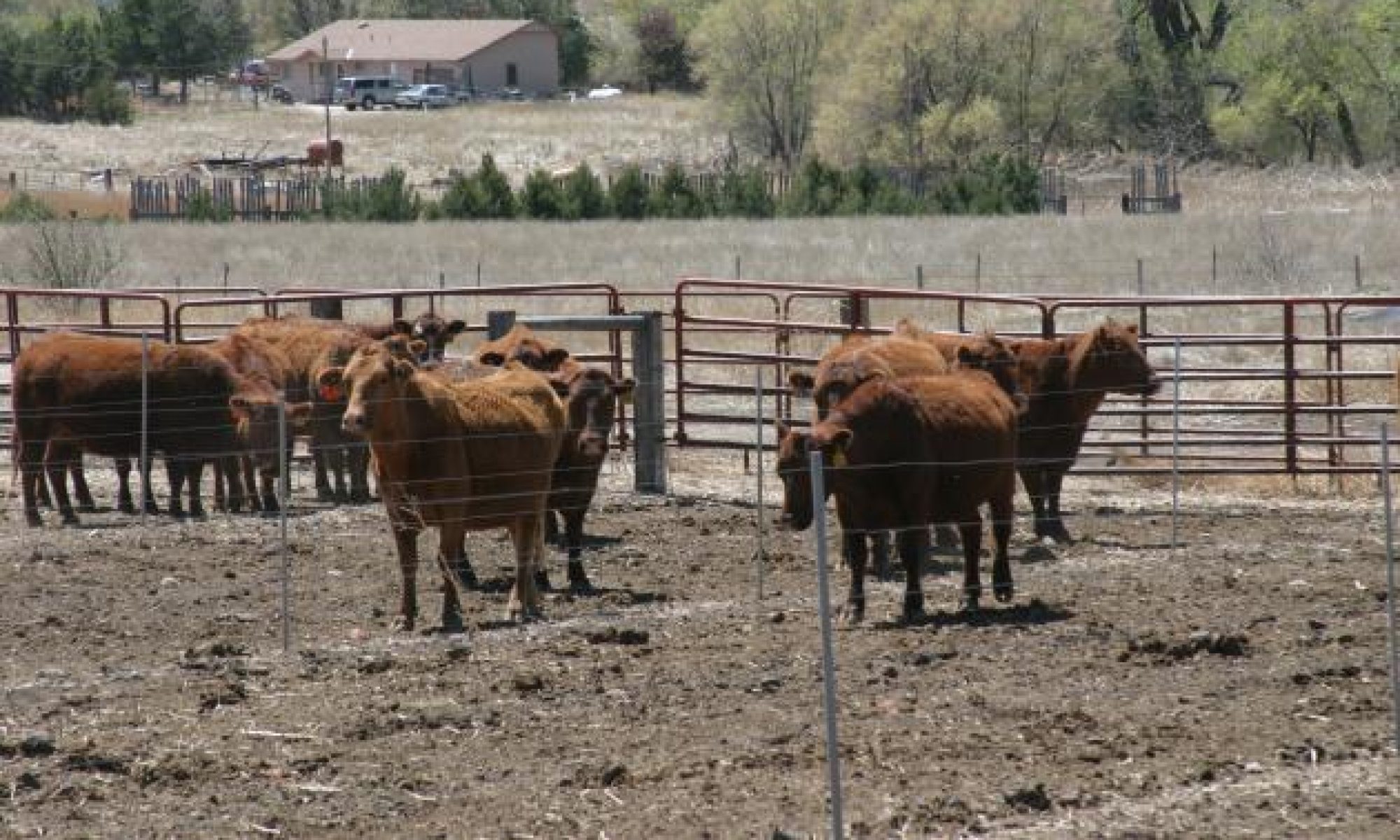The short answer is, soybean hulls are a by-product of the soybean oil and soybean meal industry and can be used in cattle diets.
The long answer is: Soybean hulls are a by-product of the process by which soybean oil and soybean meal are produced. When soybeans enter the processing plant, the beans are screened to remove broken and damaged beans and foreign materials. The beans are then cracked and the hulls removed. After the removal process, the hulls are heat treated and milled. The oil is removed from the beans by a solvent process, in a solvent mill, resulting in soybean meal. The oil is refined and used in such products as margarine and cooking oil. The meal is used in many products consumed by humans and animals.
Soybean meal is sold as 43 to 44 percent or 48 to 50 percent crude protein (CP) soybean oil meal. If the demand for the lower protein meal (43 to 44 percent CP) is high, the hulls are blended back to the finished meal to yield a 43 to 44 percent CP meal. If the demand for the higher protein soybean meal is high, the meal is not blended with hulls and the hulls are sold as a by-product feed.
In the past, many of the soybean hulls were used by commercial feed manufacturers in various formulations of processed feeds such as pelleted feeds, range cubes, and blocks. The increased demand for higher analysis soybean meal has made more hulls available.
Cattle producers have a considerable interest in the use of soybean hulls for on-farm feeding. The nutritional value of the hulls is quite good. Often hulls, either cottonseed or soybean, are thought of as a roughage feed; however, soybean hulls are superior to cottonseed hulls in nutrient content.
As-fed Basis
Soybean Hulls
Crude protein 11-12%
TDN 65-70%
Crude fiber 35-40%
Calcium .49%
Phosphorus .21%
Cottonseed Hull
Crude protein 4.0-4.2%
TDN 40-42%
Crude fiber 40-45%
Calcium .15%
Phosphorus .9%
The nutrients in soybean hulls are highly digestible and are considered an energy feed as opposed to a roughage feed. In some studies, the fiber has been shown to be 85 percent digestible, which illustrates a product high in fiber can also be high in energy. This also explains why you do not want to use soybean hulls for roughage in ruminant diets.
Soybean hulls are light, flaky, and bulky, and require special considerations for handling. Closed feeders are an asset when feeding soybean hulls outside, since the wind tends to blow the hulls; closed and covered trailers are required for transporting.
Soybean hulls may contain the enzyme urease, which causes the rapid breakdown of urea. Use caution when you feed soybean hulls with feeds containing urea. The urease can be destroyed in the milling process and usually is when the hulls are used in a mixed feed. Oil mills generally monitor urease content in the hulls; this information is available from the mill.
Soybean hulls are well-used as a supplemental feed but the hulls are not a replacement for hay. If hay supply is short and/or low quality, begin your supplemental feeding early so the hay and soybean hulls are fed concurrently. You can also use the soybean hulls with poor-quality and frosted pastures as a supplemental energy source. When using soybean hulls with a forage, consider the hulls an “extender” or a “stretcher” rather than as a replacement for forage. Situations exist where soybean hull supplementation with low-quality hay results in poor performance. If this occurs, replacing 20 to 25 percent of the soybean hulls with ground corn corrects the problem.
